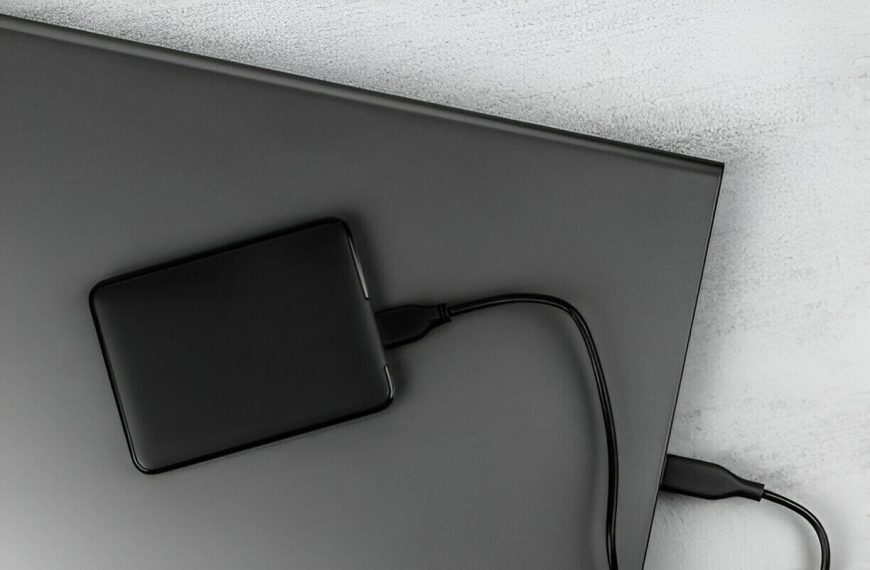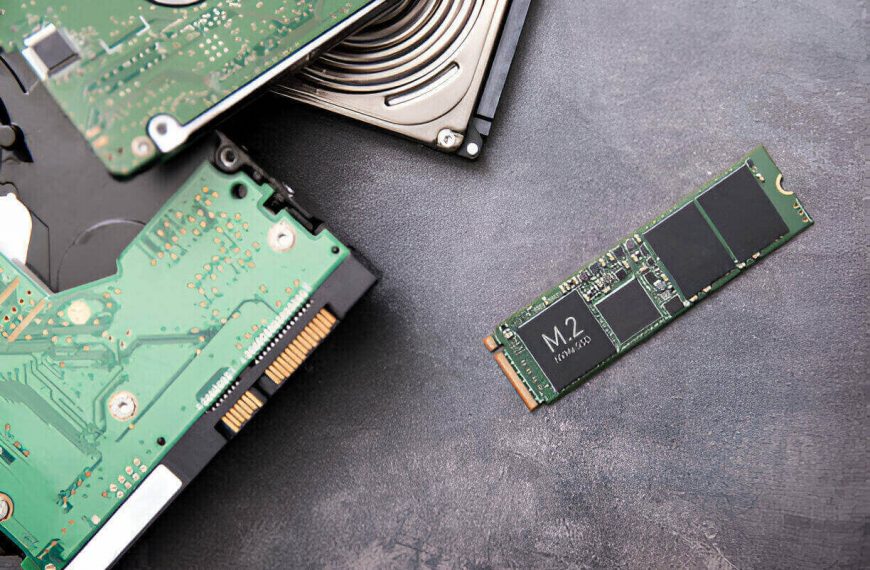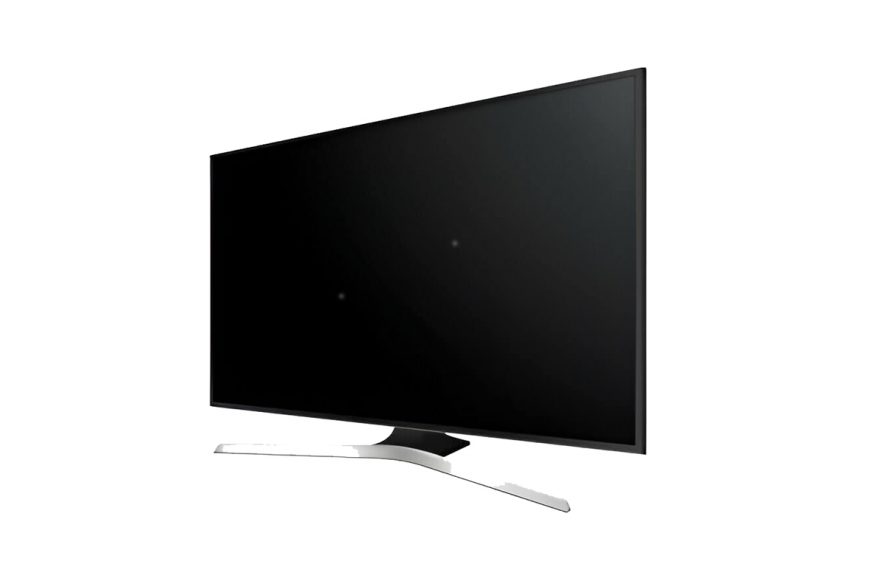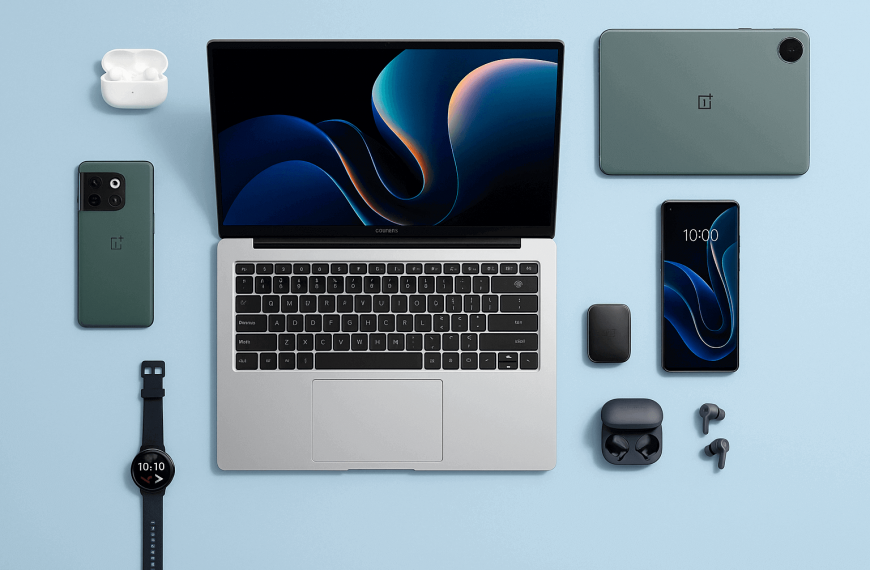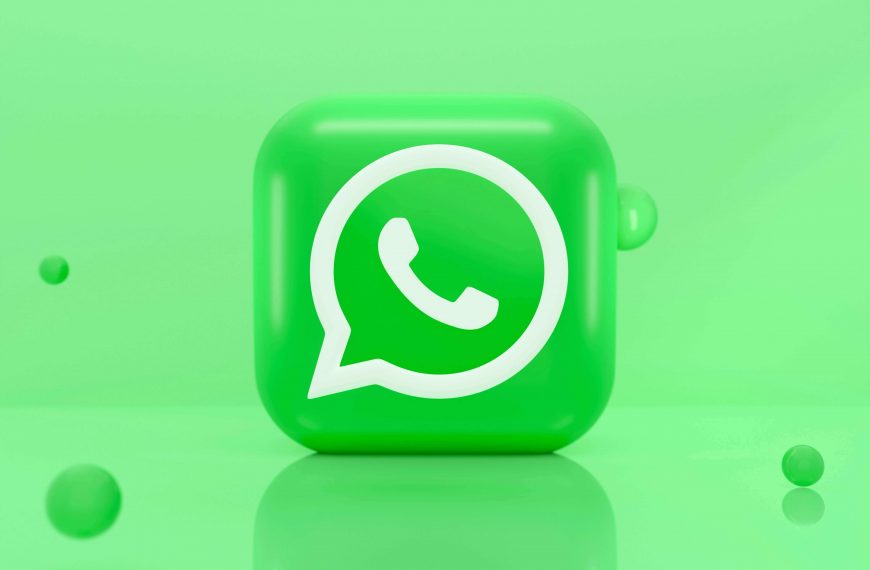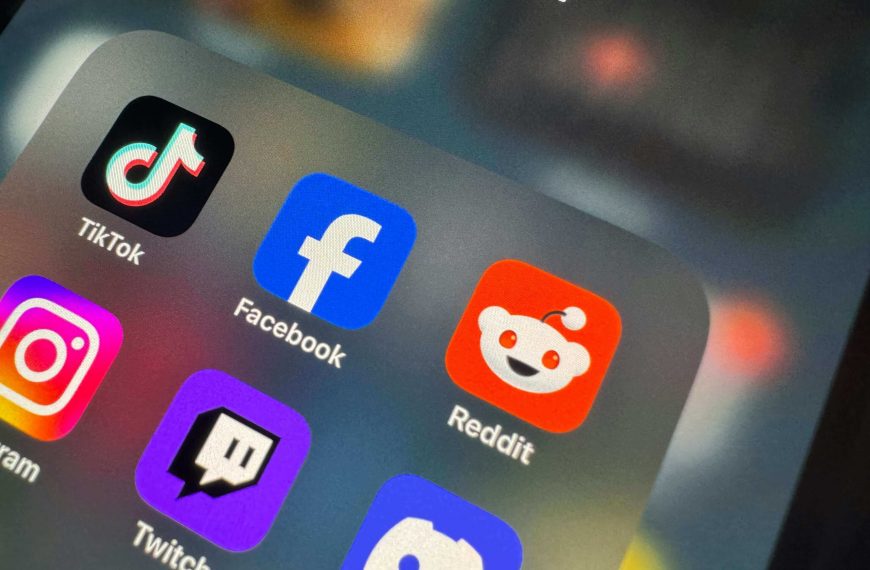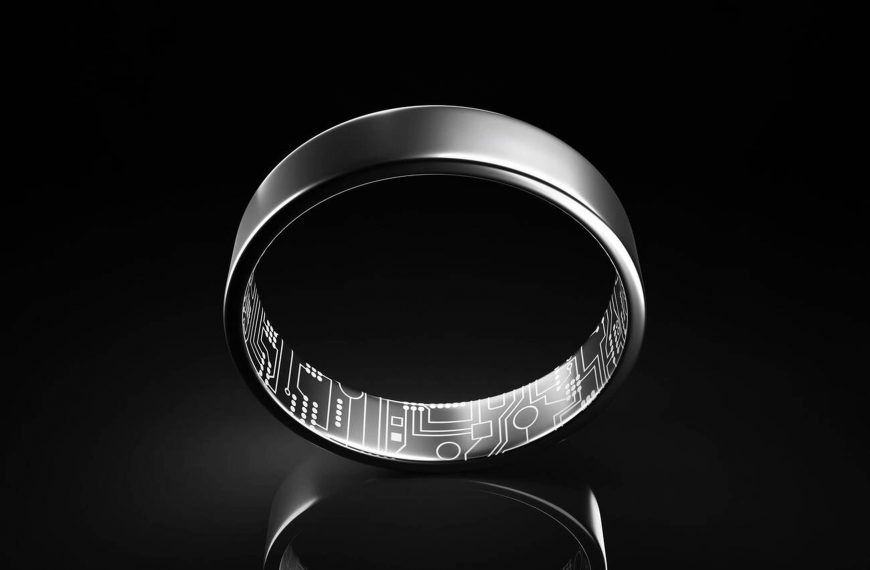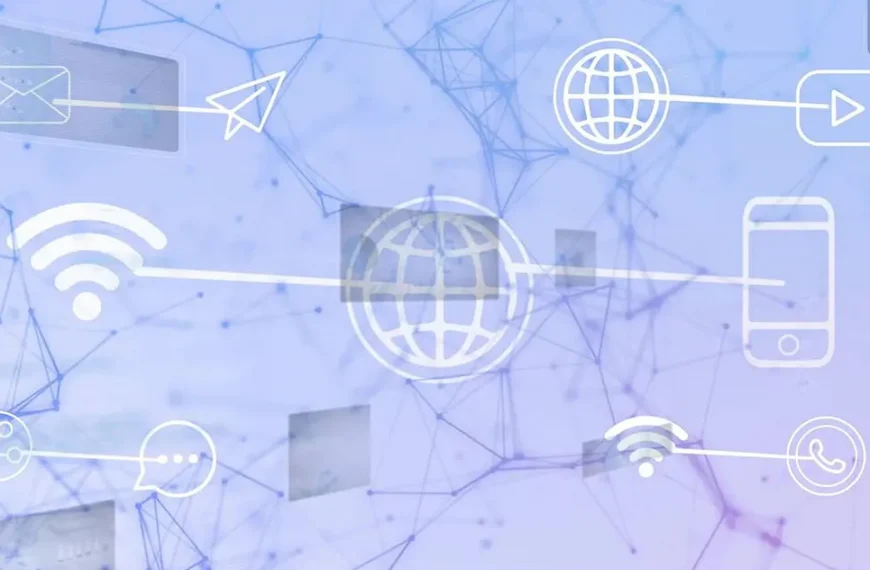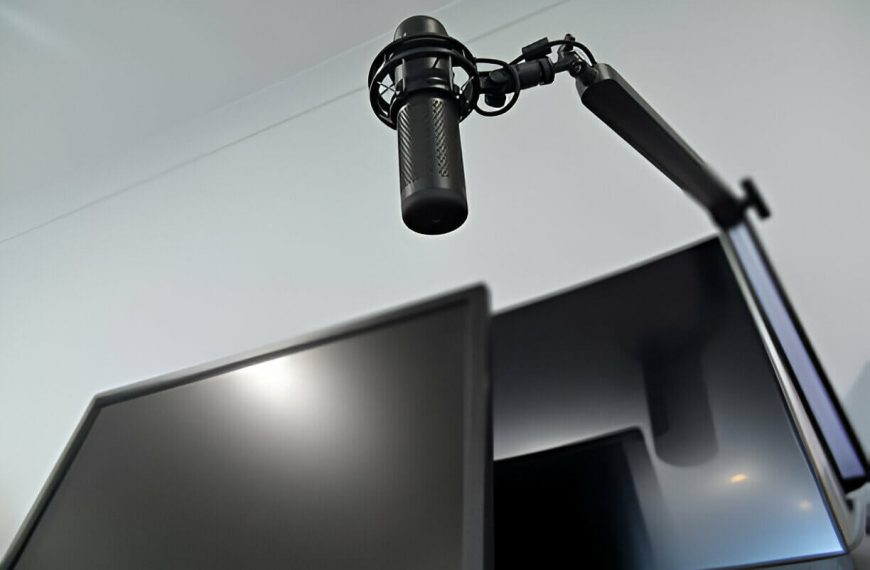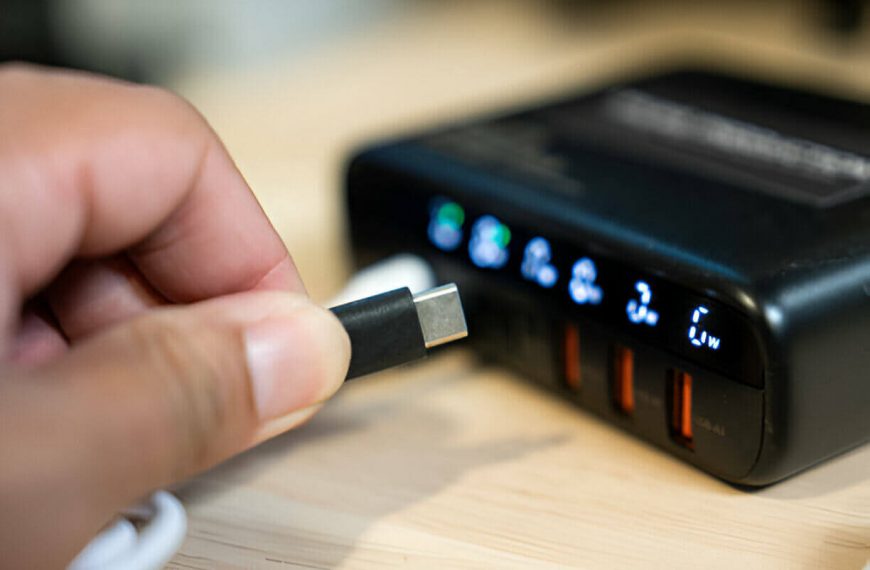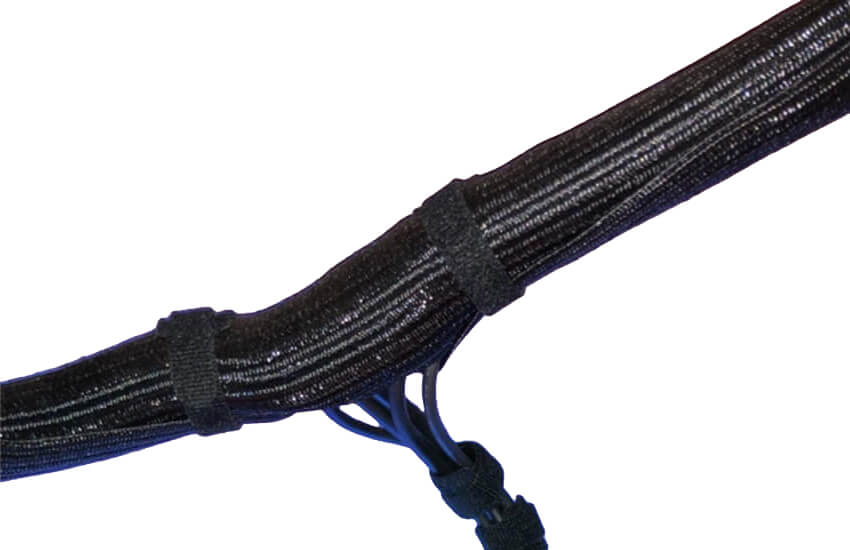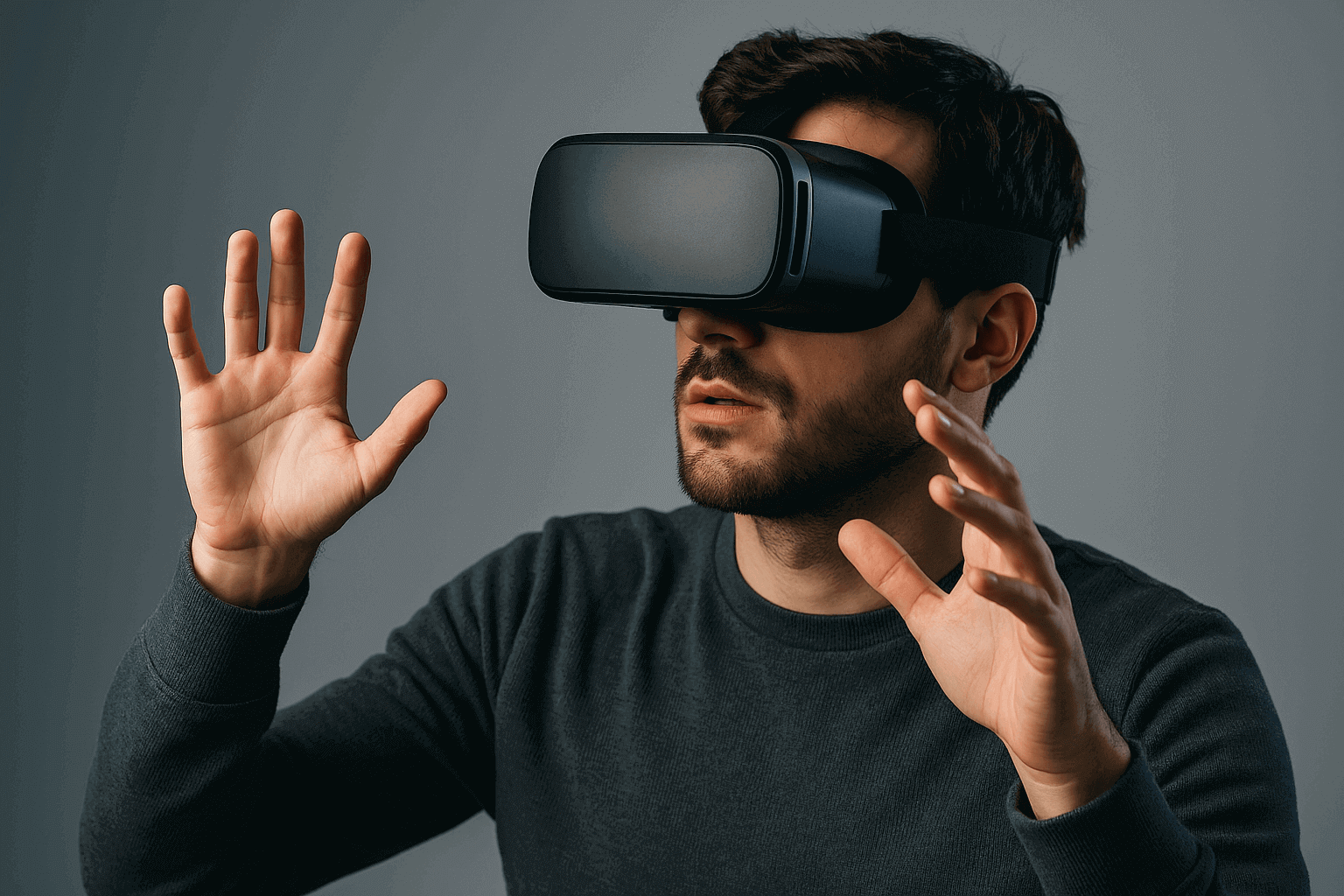
Just last week, I tried on a pair of running shoes that literally whispered feedback into my ears mid-sprint. Not sure if that’s futuristic genius or just unsettling. Either way, it got me thinking—are we ready for what’s next in wearables, or are we still catching our breath from the last smartwatch update?
Let’s take a good look at what’s brewing—and whether it fits us or not.
So, What’s Actually Next?
If you’re still thinking wearables are just Fitbits and step counters, buckle up. Here’s a sneak peek at what’s coming.
| Tech | What It Does | Who Might Use It |
|---|---|---|
| Smart Textiles | Fabric that tracks biometrics | Athletes, patients, military |
| Earables | Earbuds with sensors and AI for stress & posture | Remote workers, students |
| Smart Contact Lenses | Overlays health or AR data directly onto vision | Gamers, patients, surgeons |
| Sensor-Embedded Footwear | Tracks balance, stride, pressure points | Elderly, athletes, physical rehab |
| Intelligent Gloves | Translate gestures or measure fine-motor activities | VR users, sign-language learners |
We’re not just strapping gadgets to our wrists anymore. We’re weaving tech into the fabric of what we wear—literally.
Smart Textiles: When Your Shirt Knows You’re Stressed
Imagine wearing a T-shirt that knows you’re anxious before you do. That’s not a sci-fi pitch; it’s already in early production.
Companies like Hexoskin and Myant are creating shirts and undergarments that monitor heart rate, breathing, sleep, and even fatigue. Sounds cool? It is. Until you realize your clothing might know more about your mood than your spouse.
They’re aimed at athletes and patients for now. But give it time. Smart undies might be the new Apple Watch.
Earables: It’s All in Your Head (Literally)
This one’s sneaky. You’re probably wearing something similar right now. Earbuds. But the next generation? Way smarter.
Think AI-powered buds that track your emotional tone during calls or detect if your posture is slouching. One prototype even nudges you to stand when it senses prolonged inactivity. Creepy helpful.
Bonus: these devices are discreet. No blinking lights. No wrist tan.
Lenses and Masks: Eyes and Mouths Doing More Than Talking
Smart contact lenses are still experimental, but the idea is wild—real-time glucose monitoring for diabetics or zooming in without touching anything.
And post-pandemic? Masks went smart. Some detect respiratory patterns. Others filter pollutants and notify you when to change the filter. Who thought your mask would be your personal assistant?
Wearables Are Growing Up: What’s Actually New?
Let’s keep this simple. The wearables of tomorrow aren’t just tools—they’re part of your routine.
Here’s what’s pushing things forward:
- AI + Machine Learning: These wearables learn from you. Like how Netflix learns your bad taste in movies, but for your heart rate.
- Battery Life & Harvesting: Some fabrics harvest body heat or movement for power. No joke.
- Comfort and Form Factor: Less “I’m wearing a brick on my wrist.” More “I forgot I had it on.”
They’re getting smarter, sleeker, and far less noticeable. Like that quiet coworker who suddenly runs the office.
Are We Actually Ready to Wear These?
Okay, now let’s get real. All this sounds exciting. But are we actually going to wear this stuff? That’s where things get sticky.
1. Comfort, Accessibility, and Style
If it doesn’t feel good, nobody’s wearing it—no matter how “revolutionary” it is.
The Nike smart shoe laces itself, sure. But is it breathable on a summer run?
Also: not everyone wants to wear high-tech gear that looks like it came out of a Marvel prop shop. Some people just want a hoodie that fits—and happens to measure their vitals.
2. Privacy: Who’s Watching Whom?
Wearables collect intimate data. Not just your steps, but your blood oxygen, sleep, even stress levels. Now imagine that data in the wrong hands.
Are companies encrypting this data? Are there opt-outs? Is it sold? These aren’t tinfoil-hat questions anymore—they’re the kind you should ask before strapping on a data-hungry device.
Think about this: would you wear glasses that track your eye movements… if you knew advertisers were watching?
3. Will You Keep Using It?
This is a big one.
Most people abandon wearables within 6 months. Why?
- They forget to charge it.
- It becomes one more thing to check.
- It didn’t “fit” into their lifestyle.
The key? Habit integration. If your wearable gives you real value—like alerting you to early health issues—you’ll keep using it. If it just tells you you’ve sat too long, you’ll mute it like a clingy app.
Real Stuff That’s Already Out There
Quick highlight reel:
| Device | What It Tracks | Stage |
|---|---|---|
| Hexoskin Smart Shirt | Heart rate, breathing, activity | Market-ready |
| Nura Earbuds | Adaptive sound, hearing tests | Retail |
| Mojo Lens (prototype) | Augmented reality, health metrics | In testing |
| Oura Ring | Sleep, readiness, temperature | Consumer use |
These aren’t rumors—they’re shipping or in live trials. So no, it’s not fantasy. It’s just not mass-adopted… yet.
So What’s Holding It Back?
Let’s not get ahead of ourselves. Here’s why the wearable revolution hasn’t already taken over:
- High Costs: Smart textiles are still pricey. Until production scales, it won’t be accessible for most.
- Lack of Standards: Different brands, different platforms, no shared ecosystem. It’s like Bluetooth in 2006.
- Social Acceptance: Smart glasses still feel… weird. Just ask Google Glass wearers.
- Data Skepticism: People are wary of where their health data goes. Can you blame them?
We’re not fighting robots. We’re fighting bad UX and poor trust.
Timeline: What’s Coming When?
| Timeframe | What to Expect |
|---|---|
| 1–2 Years | Earables go mainstream. Smart shirts for athletes grow. |
| 3–5 Years | Medical use-cases ramp up. Insurance might get involved. |
| 5+ Years | Full-body smartwear ecosystems. Think Iron Man-lite. |
Final Thought: Would You Actually Wear It?
Let’s end with a question, not a pitch.
If your glasses knew when you were tired… would you want them to tell you?
We’ve built the tech. Now we have to decide how much of it we really want to wear.

